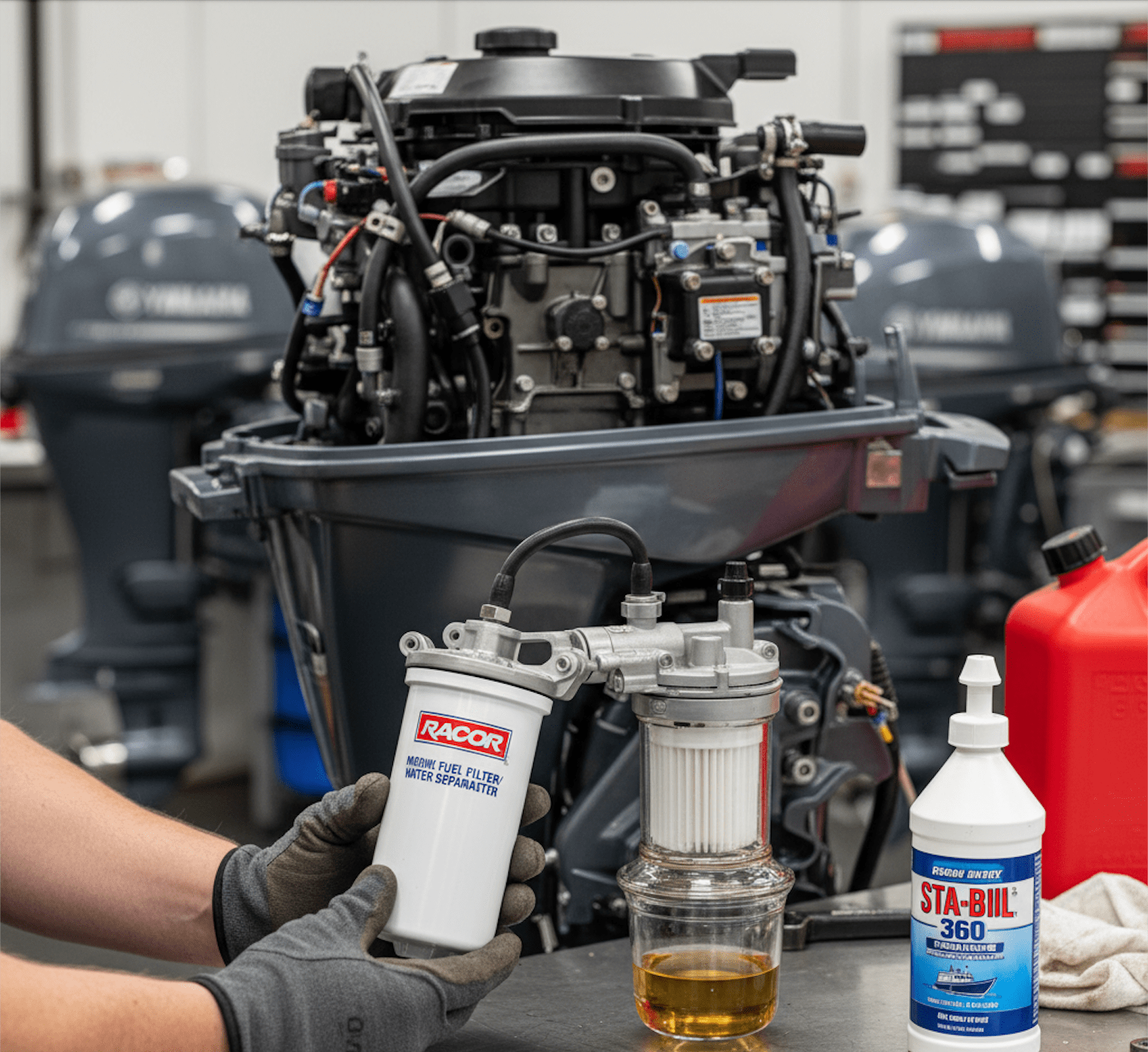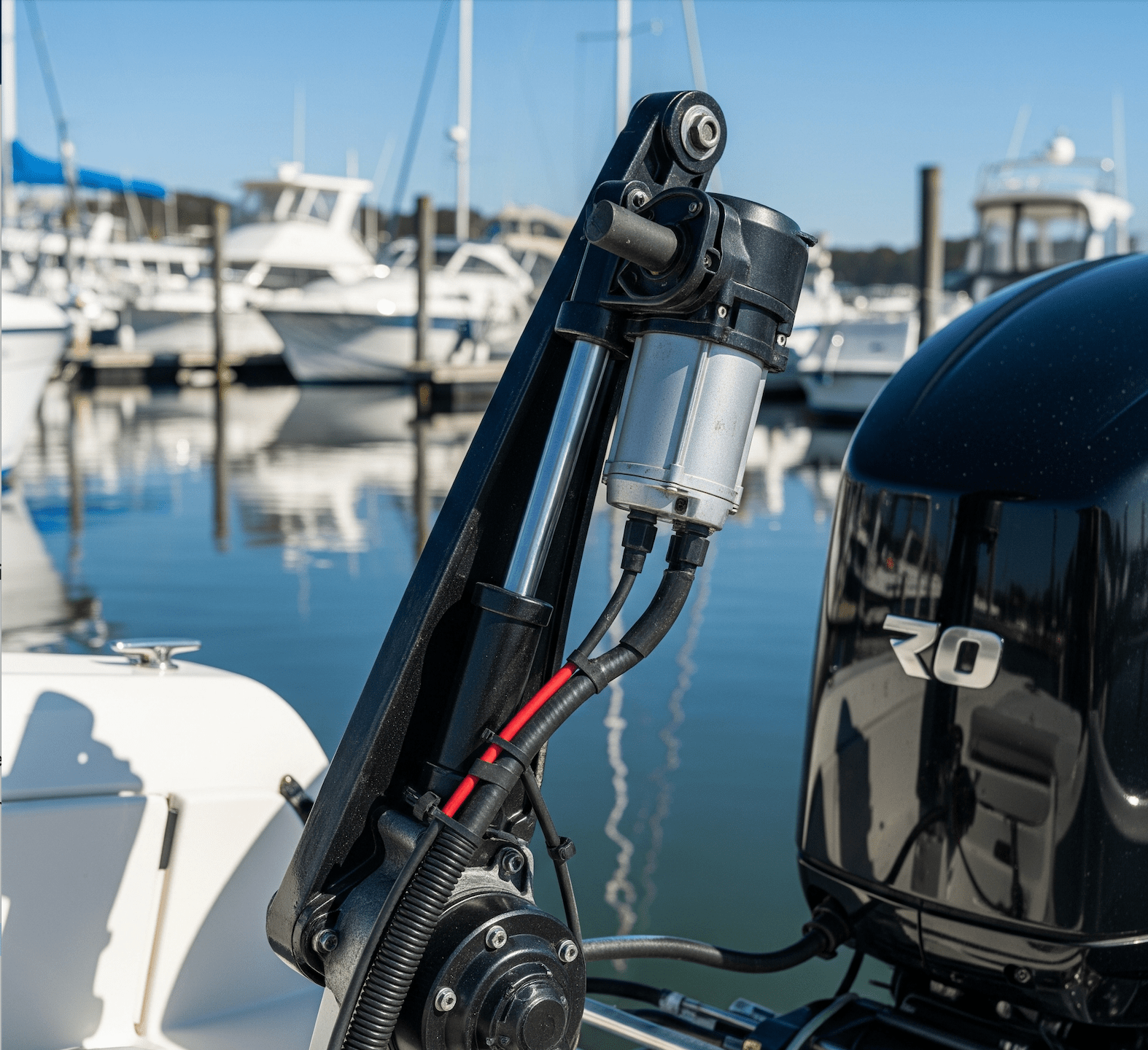For boating enthusiasts, a new or used outboard motor can be a fantastic way to hit the water without breaking the bank. But like any piece of machinery, proper maintenance is key to ensuring years of smooth sailing. Here at All Outboards, we want to empower you to keep your outboard running strong. In this blog post, we'll delve into some best practices for outboard motor maintenance:
1. Follow the Manufacturer's Schedule:
Every outboard motor comes with a recommended maintenance schedule from the manufacturer. This schedule outlines specific tasks you should perform at regular intervals, such as:
- Oil Changes: Regular oil changes are vital for removing contaminants and protecting your engine from wear and tear.
- Filter Replacements: Oil filters trap harmful particles, so replacing them according to the recommended schedule is crucial.
- Spark Plug Changes: Worn spark plugs can lead to a variety of problems, including decreased performance and difficulty starting.
- Lower Unit Gear Oil Changes: The lower unit gearcase needs fresh oil to keep internal components lubricated and prevent corrosion.
2. Pre-Season and Post-Season Care:
Before you hit the water for the season, take some time to perform a thorough inspection of your outboard motor. Check for any leaks, loose hoses, or damaged components. It's also wise to fog the engine according to the manufacturer's instructions to prevent corrosion during storage.
Once the boating season wraps up, don't simply put your boat away. Winterize your outboard motor by following the manufacturer's recommendations. This may involve fogging the engine, flushing the freshwater system, and adding stabilizer to the fuel tank.
3. Regular Visual Inspections:
Don't wait for a problem to arise before inspecting your outboard motor. Make it a habit to visually inspect your engine regularly, looking for any warning signs such as:
- Leaks: Oil leaks, fuel leaks, or water leaks can all indicate a potential problem.
- Loose Connections: Loose hoses, clamps, or electrical connections can lead to major issues.
- Corrosion: Corrosion can damage electrical components and other parts of your outboard motor.
4. DIY vs. Professional Maintenance:
The recommended maintenance schedule will outline some tasks that you can comfortably perform yourself, such as oil changes and spark plug replacements. However, for more complex procedures, it's always best to consult a certified marine mechanic.
5. Invest in the Right Tools:
Having the right tools on hand will make outboard motor maintenance tasks much easier. A basic toolkit for outboard motor maintenance should include:
- Socket wrench set
- Screwdrivers (Phillips head and flathead)
- Spark plug wrench
- Oil filter wrench
- Pliers
- Rags
By following these best practices, you can ensure that your outboard motor provides you with countless hours of boating enjoyment. Remember, consistent maintenance is an investment that will pay off in the long run!
Additionally:
- In this blog post, we've focused on general best practices. It's important to consult your outboard motor's owner's manual for specific maintenance procedures and recommendations.
- If you're new to outboard motor maintenance, don't be afraid to ask for help! There are many resources available online and in your community, such as forums and boat repair shops.
We hope this blog post has been helpful! At All Outboards, we're here to help you find the perfect outboard motor for your needs, and keep it running smoothly for years to come. Happy boating!
Subscribe to our newsletter and receive a selection of cool articles every weeks.







